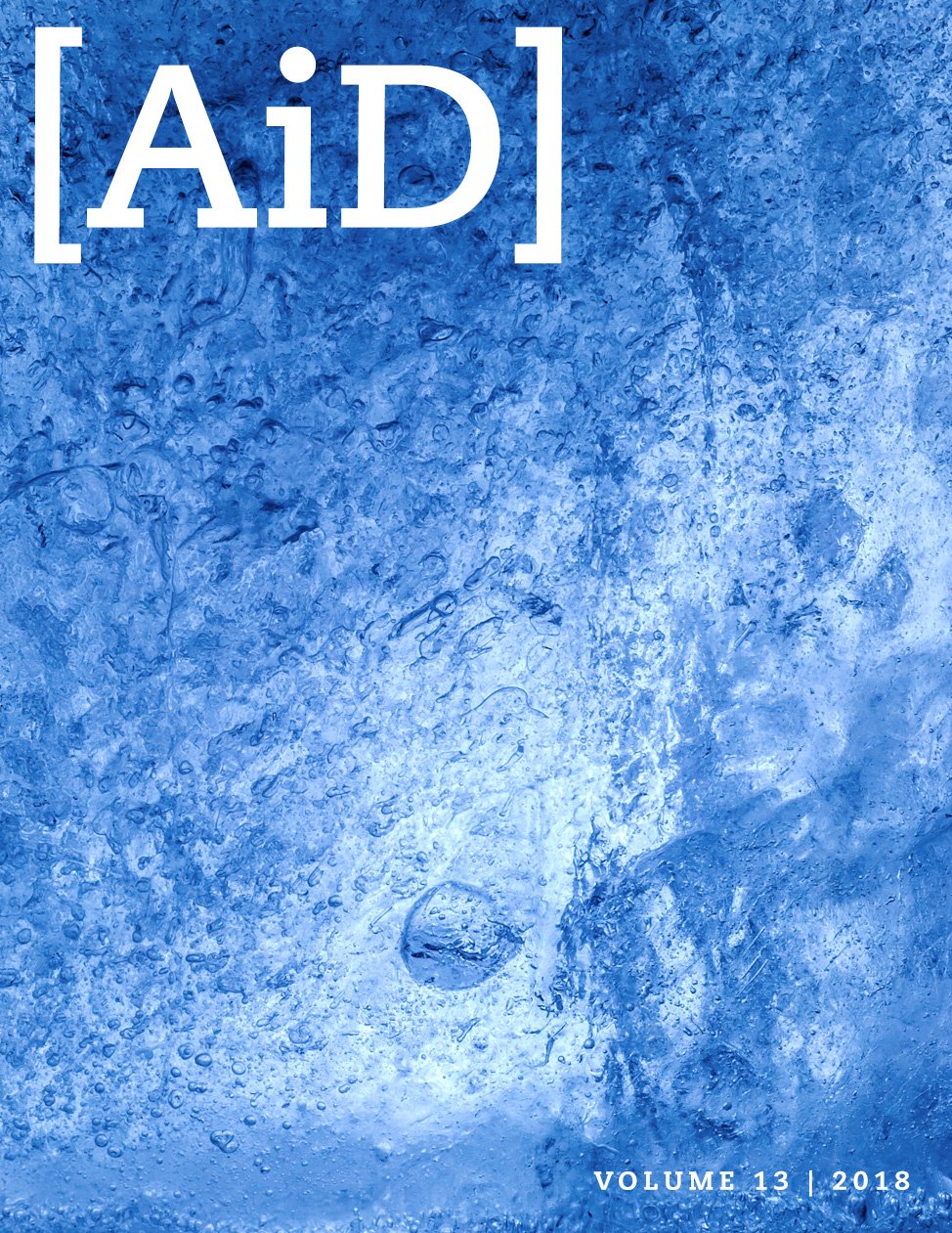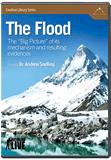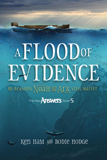
Very Rare June Ice Storm on Hawaiian Mountains Provides Insight into the Flood
It is often difficult to wrap our minds around the catastrophism of a flood covering the whole earth. The scale of such a flood is vastly beyond any human experience, compared to observing a river or flash flood or being caught in a downpour from a thunderstorm. But sometimes nature gives us a glimpse at the possibilities during the flood. Such a glimpse was provided by a recent ice storm on the mountains of Hawaii (Reardon, 2018; Sounds, 2018).
The Mechanism of the Flood
The biblical mechanisms of the flood were “the fountains of the great deep” that burst open and the “windows of the heavens” opening (Genesis 7:11). The precise meaning of these two mechanisms has been controversial (Boyd and Snelling 2014; Morris 1976). Either the “windows of heaven” refer to the 40 days and nights of heavy rain, or the rain is the result of the two mechanisms combined. Regardless, the “fountains of the great deep” busting open implies the earth’s crust opening in some way. When this happens, one would expect a huge amount of volcanism.
The Hawaiian Event
The ice storm on the Big Island of Hawaii occurred on the summits of Mauna Kea and Mauna Loa above 12,000 feet (3,660 m). It was caused by the eruption of the Kilauea volcano on the south-central part of the island. Lava from this volcano flowed down to the sea and poured into the ocean, producing a huge amount of steam. The steam rose rapidly and was carried by winds flowing from the south and southeast over the two big volcanoes. It caused freezing rain and fog that collected on the mountains, making the road to the top of Mauna Kea, 72 miles (115 km) north of Kilauea, hazardous to drive. The National Weather Service Forecast Office in Hawaii at Honolulu issued a winter weather advisory from 8:23 p.m. June 7 to 8 a.m. on June 8. It was expected that the diffuse sunlight shining through the clouds would quickly melt the ice in the morning.
The tops of the volcanoes on the Big Island (Mauna Kea is 13,803 ft [4,207 m] and Mauna Loa is 13,679 [4,169 m]) do get snow at times in winter, but the precipitation in this June summer event was ice and not snow. This was because the water in the steam rapidly rose, caused by the heat of the lava and latent heat of condensation, but it cooled as it rose. As the water vapor rose past the freezing level, it remained liquid drops, which often happens in cumulus and stratiform clouds. Thus, freezing fog (by being in the cloud) and the liquid rain froze upon hitting the terrain of the mountain tops. Needless to say, this was a very rare event.
The eruptions of Kilauea, as well as Mauna Loa, also produced harmful air pollution over the rest of the Hawaiian Islands at times. This air pollution, called vog, is a combination of volcanic smog and fog. Vog results from the degassing sulfur dioxide from the volcanic eruptions that interacts with sunlight, oxygen, dust particles, and moisture. The reaction forms an aerosol with sulfuric acid and other sulfates. An aerosol is a suspension of solid or liquid particles about one micron in diameter or less.
Implications for Understanding the Flood
We know there was much volcanism during the flood. We often see volcanic rocks between, and volcanic ash within, sedimentary rocks; large areas of volcanic rocks from huge eruptions; and some of the sedimentary rocks themselves that originated from volcanism that were reworked by the waters of the flood. Such volcanism would heat up the water in its vicinity and create instant steam that would rise rapidly in the atmosphere and contribute to the rain on the surface. There were also other mechanisms to produce rain in such a global catastrophe.
Of course, the icy rain fell on those two Hawaiian mountains because of their height; however during the flood there would not have been such high mountains, and, as the flood progressed, the pre-flood mountains would have become submerged. So it is doubtful any ice fell on mountains early in the flood. But this example shows that rain can be easily produced by hot lava interacting with the sea water in the same way as Kilauea.
We do not need a vapor canopy, as some have suggested in the past, to produce 40 days and nights of rain. Besides, a vapor canopy with an appreciable amount of water vapor, enough for the 40 days and nights of rain, would end up heating the earth too hot for human life before the flood (Vardiman, 2001). We must remember that the vapor canopy is not a biblical concept, but it was a reasonable deduction from several biblical verses that have not worked out (at least in their original conception).
So if we multiply this rare event on Hawaii several thousand times, we can get a glimpse into another mechanism for how further rain could have been produced for the 40 days and nights of torrential rainfall worldwide during the early flood.
References
Boyd, S. W. and A. A. Snelling. (Eds.) 2014. Grappling with the Chronology of the Genesis Flood: Navigating the Flow of Time in Biblical Narrative. Green Forest, AR: Master Books.
Morris, H. M. 1976. The Genesis Record: A Scientific and Devotional Commentary on the Book of Beginnings. Green Forest, AR: Master Books.
Reardon, K. June 8, 2018. “Hawaii Is Under a Winter Weather Advisory at Mauna Kea, Mauna Loa Near Erupting Kilauea—Really.” https://www.cleveland.com/weather/blog/index.ssf/2018/06/as_kilauea_erupts_freezing_rai.html.
Sounds, S. June 10, 2018. “Lava Flow Sparks Winter Weather Advisory on Big Island.” http://strangesounds.org/2018/06/lava-flow-sparks-winter-weather-advisory-on-big-island.html.
Vardiman, L. 2001. Climates Before and After the Genesis Flood: Numerical Models and Their Implications. Dallas, TX: Institute for Creation Research (available from the Creation Research Society bookstore).
Recommended Resources

Answers in Genesis is an apologetics ministry, dedicated to helping Christians defend their faith and proclaim the good news of Jesus Christ.
- Customer Service 800.778.3390
- © 2024 Answers in Genesis





